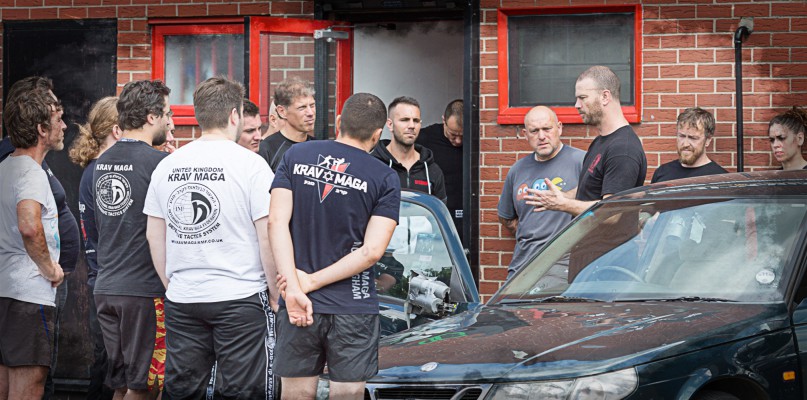It’s tough being a teenager (and it’s even tougher being the parent of a teenager!)

Statistically, you’ll never be in as much trouble as when you’re a teenager – and from personal experience, I can confirm those statistics ring true with the younger me (sorry Mum!). During my teens I often found myself in scraps, scrapes and at risk from aggression and harm from others in and around my age – all seemingly through no obvious fault of my own.
This can indeed be a hazardous age. Rates of death by injury between ages 15 to 19 are six times that of the rate between ages 10 and 14. Crime rates, particularly violent crime, are highest among young males and rates of alcohol abuse are high compared to other adult age groups. (Driving for the first time of course contributes largely to the spike in mortality rates, but let’s leave that aside for now). Let’s discuss the aspects we can look to understand, and how we can best improve our chances of avoiding harm as a young adult.
First of all – Why is this happening?
Social anxiety is at its highest at this age. Most teens want to define the way they look, how they are perceived by others, assert some adult independence and establish where they fit in. Basically, the Ego comes to the fore.
During our training classes, we often talk about “Ego Management” as one of the primary methods of conflict avoidance, but this is much easier said than done for most teens – and that is mostly down to the way the teen brain develops.
So here’s the nerdy science bit:
The Limbic system of the brain deals with, amongst other things, memories and emotions, and connects sensory information to emotional responses.
The Prefrontal Cortex is the area associated with planning, impulse control and higher order thought. In adults, this area exerts control over the limbic system and assists it in processing emotion.
But when we hit our teens, the development of the limbic system races away from the prefrontal cortex for a couple of years. (Are you still with me?!)
So, in basic terms, as a teen or young adult, the brain development (along with hormonal changes) can give rise to newly intense experiences of rage, fear, aggression, excitement and sexual attraction – yet we have not quite developed the “brakes” to slow down those impulsive, emotionally fired actions, or the inability to identify, comprehend or react appropriately to displays of those same actions or emotions in others.
But all is not lost. The young adult brain also gains huge processing power – adolescents start to develop the computational and decision-making skills of adults. The perceived inability to use this in what adults see as “rational” manner, is due to teens needing more time, and access to the right information, memory and mental pictures if they are to access this new processing capability.
- provide the right information to help keep you safe
- build the mental pictures for situations of potential threatening, aggressive or violent encounters
- help hone the ability to recall that information, access the right mental pictures and apply the skillsets all under the duress of both the external issue or scenario and the young adult brain’s natural drive to reactive on impulse and emotion.
This is where proper, focussed Self-Protection teaching and training comes in….
Through training – specifically the scenario-based training and situational application of the tactics and skills we can:
Proper training focussed on teenagers and the situations they face – coupled with methods for addressing the way their brains function – builds a network of patterns or “images” that they will automatically follow when faced by the analogous real situation.
Stay safe,
Rob.
